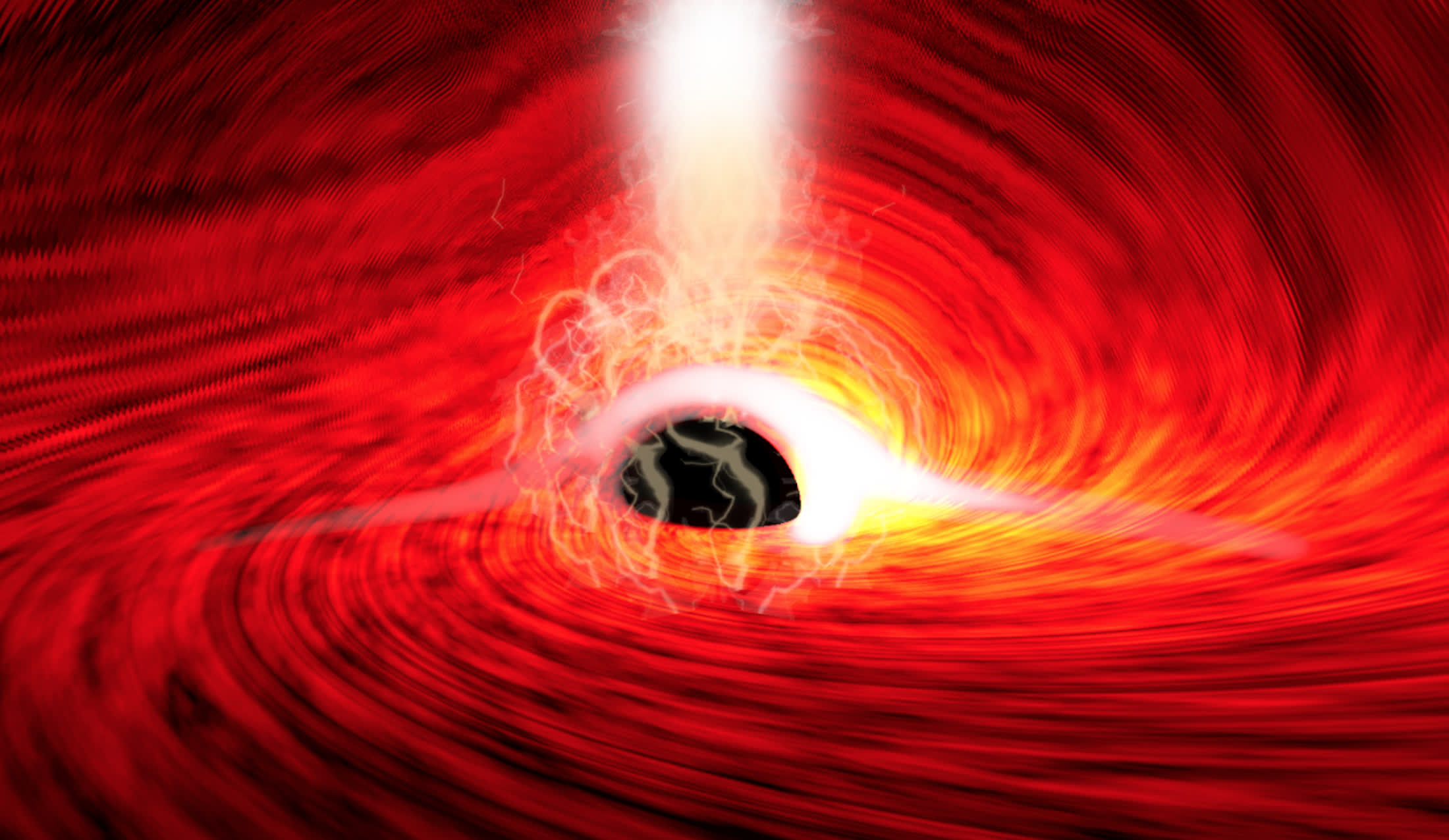Something to look forward to: An international team of astronomers have observed light from behind a black hole for the first time. Future observatories, like the Advanced Telescope for High Energy Astrophysics (Athena) should provider even higher resolution images with much shorter observation times.1
Led by Stanford University's Dan Wilkins, the team focused on a black hole that is 10 million times as massive as our sun and located 1,800 million light years away in a galaxy called I Zwicky.
Armed with the European Space Agency's XMM-Newton and NASA's NuSTAR space telescopes, the astronomers observed bright flares of X-ray light coming from around the black hole. The X-ray flares echoed off of gas that was falling into the black hole, and as the flares were subsiding, the telescopes were remarkably able to pick up smaller flashes of X-rays that were different "colors." These were the echoes bouncing off the gas behind the black hole.

"Any light that goes into that black hole doesn't come out, so we shouldn't be able to see anything that's behind the black hole," Wilkins said. "The reason we can see that is because that black hole is warping space, bending light and twisting magnetic fields around itself," he added.
The black hole's gravitational pull is responsible for the warping of space.
This is the first time that astronomers have directly observed light from behind a black hole, and it also matches Einstein's theory of general relativity, yet again confirming his predictions.
The team's findings were recently published in the scientific journal Nature.
Image credit Dan Wilkins
